Breaking News


Popular News


Discover the latest advances in self-driving cars technology, its impact on traffic, urban infrastructure, economic and environmental implications, safety and ethical considerations, and future outlook.The development and implementation of autonomous vehicles have the potential to revolutionize the way we think about transportation. In this blog post, we’ll explore the various ways that this cutting-edge technology is shaping the future of travel and urban infrastructure. From the latest advances in autonomous vehicle technology to the potential economic and environmental implications, we’ll examine how self-driving cars are set to change the way we move from point A to point B. Additionally, we’ll consider the impact of autonomous vehicles on traffic management systems and the potential changes in urban transportation infrastructure. We’ll also delve into the potential safety and ethical considerations that come with self-driving cars, and take a look at the future outlook for this rapidly evolving field. Join us as we take a deep dive into the world of autonomous vehicles and explore the exciting possibilities that lie ahead for the future of transportation.
Contents
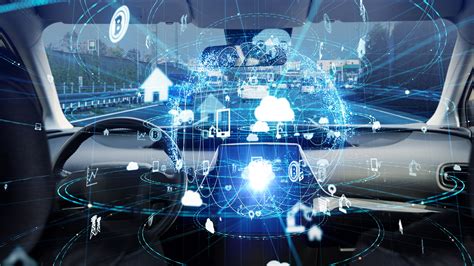
The development of autonomous vehicle technology has made significant strides in recent years, with major advancements in vehicle sensors, artificial intelligence, and connectivity. These advancements have allowed for enhanced perception and decision-making capabilities in autonomous vehicles, enabling them to navigate complex driving scenarios with greater precision and reliability.
Furthermore, the integration of advanced sensor technologies, such as LIDAR, radar, and cameras, has significantly improved the ability of autonomous vehicles to detect and respond to their surroundings. This has been a crucial aspect in ensuring the safety and efficiency of self-driving cars on the road.
Additionally, the continuous improvement in artificial intelligence algorithms has played a key role in enhancing the autonomous capabilities of vehicles, allowing them to analyze and interpret vast amounts of data in real-time, ultimately improving their decision-making processes.
Moreover, the increased connectivity of autonomous vehicles with other vehicles and infrastructure has led to improved communication and coordination, paving the way for more efficient, synchronized traffic flow and enhanced safety measures.
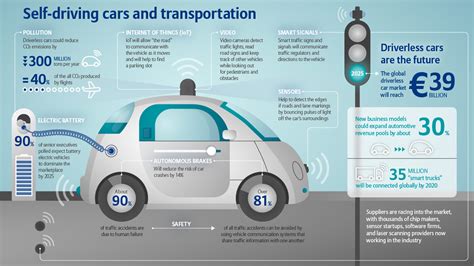
Implementation of self-driving cars
The implementation of self-driving cars is a topic of great interest and concern in the transportation industry. As technology continues to advance, the possibility of autonomous vehicles becoming a common sight on the roads is becoming more of a reality. Companies such as Tesla, Google, and Uber have been at the forefront of developing and testing self-driving car technology, with the goal of making it safe and reliable for everyday use.
In order to achieve widespread implementation of self-driving cars, there are several technical, regulatory, and societal challenges that need to be addressed. From a technical standpoint, the development of sophisticated sensors, artificial intelligence, and connectivity systems is crucial for ensuring the safety and efficiency of self-driving cars. In addition, regulations and laws surrounding autonomous vehicles must be established and standardized to ensure consistency and safety across different regions and countries. Furthermore, societal acceptance and trust in self-driving cars are key factors in their successful implementation, as public perception and behavior towards these vehicles will ultimately determine their adoption and integration into the transportation system.
One of the key ways in which the implementation of self-driving cars can benefit society is through the potential to reduce traffic congestion and improve overall traffic management. With the ability to communicate with each other and with traffic infrastructure, autonomous vehicles have the potential to optimize traffic flow, reduce accidents, and minimize the environmental impact of transportation. Additionally, the implementation of self-driving cars could lead to improvements in accessibility and mobility for individuals who are unable to drive, such as the elderly and people with disabilities.
| Benefits of Implementing Self-Driving Cars |
|---|
|
However, the implementation of self-driving cars also raises important ethical and safety considerations that must be carefully addressed. Issues such as liability in the event of accidents, the ethical programming of autonomous vehicles in crisis situations, and the potential for cyber attacks on connected vehicles require thorough consideration and planning. Furthermore, the transition to a transportation system dominated by self-driving cars has implications for various industries, including insurance, public transportation, and urban planning, which will need to adapt to the changes brought about by autonomous vehicles.
In conclusion, the implementation of self-driving cars has the potential to revolutionize the future of transportation by bringing forth numerous benefits and opportunities for improvement. However, in order to realize this potential, it is essential for all stakeholders – including technology companies, governments, and the public – to work together in addressing the challenges and considerations associated with the widespread adoption of autonomous vehicles. With careful planning and collaboration, self-driving cars can pave the way for a safer, more efficient, and sustainable transportation system for the future.
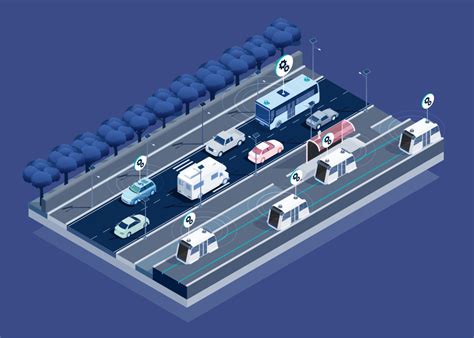
With the rapid advancement of autonomous vehicle technology, the impact on traffic management systems is becoming increasingly evident. Traditional traffic control measures such as traffic lights, road signs, and speed limits may need to be reconsidered to accommodate the influx of self-driving cars on the roads. The integration of self-driving cars into existing traffic infrastructure poses both opportunities and challenges for traffic management authorities.
The implementation of autonomous vehicles has the potential to optimize traffic flow and reduce congestion on roads. Self-driving cars can communicate with each other and with traffic management systems, enabling smoother traffic patterns and more efficient use of road capacity. This can lead to improved overall traffic management and reduced travel times for commuters.
On the other hand, the introduction of autonomous vehicles may also require the adaptation of existing traffic laws and regulations. For instance, the development of new protocols for interactions between self-driving cars and conventional vehicles will be crucial for ensuring safe and efficient traffic management. Furthermore, these changes will need to be communicated effectively to the public to ensure a smooth transition to the new system.
In conclusion, the advent of autonomous vehicles is poised to have a profound impact on traffic management systems. While it presents opportunities for improved traffic flow and reduced congestion, it also requires careful consideration of legal and regulatory frameworks to ensure the safe integration of self-driving cars into the existing transportation infrastructure.
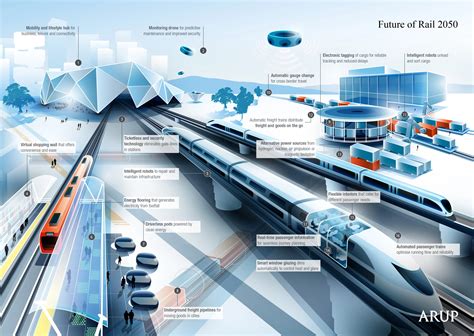
How Autonomous Vehicles are Shaping the Future of Transportation
The implementation of autonomous vehicles is expected to bring about significant changes to urban transportation infrastructure. As more and more self-driving cars take to the streets, cities will need to adapt their roads and public transportation systems to accommodate this new mode of transport. This will involve redesigning road networks, creating dedicated lanes for autonomous vehicles, and upgrading traffic signals and signs to communicate with these advanced automobiles.
Furthermore, the rise of autonomous vehicles is likely to impact parking infrastructure in urban areas. With the potential for self-driving cars to drop off passengers and then park themselves in remote locations, the need for traditional parking spaces may decrease. This could free up valuable real estate in cities, leading to the repurposing of existing parking structures and the construction of new developments in their place.
Another major change in urban transportation infrastructure brought about by autonomous vehicles is the potential for collaborative mobility systems. Self-driving cars could be integrated into public transportation networks, offering on-demand services that complement existing bus and train routes. This could lead to a more efficient and interconnected urban transportation system, providing residents with a greater range of options for getting around the city.
In addition, the development of autonomous vehicle technology may lead to changes in the design and layout of urban streetscapes. With the potential for reduced traffic congestion and smoother traffic flow, cities may have the opportunity to create more pedestrian-friendly environments, with wider sidewalks, green spaces, and dedicated areas for cycling. This could result in a more livable and sustainable urban landscape.
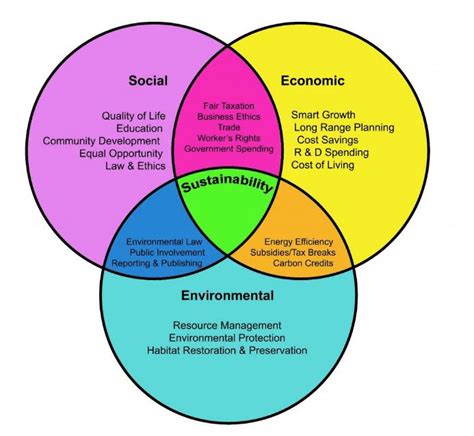
Economic and environmental implications
Advances in autonomous vehicle technology have the potential to bring about significant economic and environmental implications. With the advent of self-driving cars, there is a possibility of increased productivity as individuals no longer have to focus on driving during their commute, thus freeing up time for work or leisure activities. This could lead to a boost in the economy as people utilize their time more efficiently.
Furthermore, the widespread adoption of autonomous vehicles could result in a reduction in environmental impact. Self-driving cars have the potential to optimize routes, reduce traffic congestion, and improve fuel efficiency, leading to lower carbon emissions. This could contribute to a cleaner and healthier environment, making a positive impact on public health and overall well-being.
| Economic Implications | Environmental Implications |
|---|---|
|
|
While the adoption of autonomous vehicles carries the promise of positive economic and environmental impacts, it is important to consider potential challenges and risks. The transition to self-driving cars may result in job displacement within the transportation sector, leading to economic challenges for individuals employed in these fields. Additionally, ethical considerations, safety concerns, and regulatory frameworks must be carefully addressed to ensure that the benefits of autonomous vehicles are maximized while minimizing potential negative consequences.
Ultimately, the economic and environmental implications of autonomous vehicles are complex and multifaceted. As this transformative technology continues to evolve, it is crucial to carefully assess and manage its potential effects, considering the well-being of individuals, communities, and the planet as a whole.

As autonomous vehicle technology continues to advance, there are important safety and ethical considerations that must be addressed. One of the primary concerns is the safety of passengers and other individuals on the road. While autonomous vehicles have the potential to reduce accidents caused by human error, there are still uncertainties regarding their ability to navigate complex and unpredictable driving scenarios. It is critical to ensure that these vehicles are equipped with robust safety measures to minimize the risk of accidents.
In addition to safety concerns, ethical considerations surrounding autonomous vehicles are also a significant issue. One of the key ethical dilemmas is related to decision-making in emergency situations. For example, if a self-driving car is faced with the choice between colliding with a pedestrian or swerving into oncoming traffic, how should it make that decision? These scenarios raise complex moral and ethical questions that require careful consideration and deliberation.
| Issue | Potential Implications |
|---|---|
| Privacy | The collection and use of personal data by autonomous vehicles could raise privacy concerns and require clear regulations to protect individuals’ rights. |
| Liability | Determining liability in the event of accidents involving autonomous vehicles is a complex issue with implications for insurance and legal frameworks. |
In conclusion, the development and implementation of autonomous vehicles raise important safety and ethical considerations that must be carefully addressed. As the technology continues to advance, it is essential for stakeholders to collaborate and develop comprehensive solutions that prioritize public safety and uphold ethical principles.

As technology continues to advance, the future outlook for autonomous vehicles is becoming increasingly promising. With ongoing research and development in the field of self-driving cars, experts predict that these vehicles will become a common sight on our roads in the near future. This development has the potential to significantly impact the way we travel and could bring about major changes to transportation as we know it.
Furthermore, the implementation of autonomous vehicles is expected to revolutionize the way we approach urban transportation. With the ability to operate more efficiently and safely than traditional vehicles, these self-driving cars have the potential to alleviate traffic congestion, reduce accidents, and optimize travel times. As a result, cities may need to adapt their transportation infrastructure to accommodate this new mode of transportation, leading to major changes in urban planning and development.
| Potential Benefits of Autonomous Vehicles: |
|---|
|
In addition to the potential benefits, the future outlook for autonomous vehicles also raises important safety and ethical considerations. As these self-driving cars become more prevalent, it will be crucial to address concerns related to data privacy, liability in the event of accidents, and the impact on jobs in transportation-related industries. Furthermore, ensuring the safety and reliability of autonomous vehicles will be a key factor in their widespread acceptance and adoption by the public.
Despite these challenges, the future of autonomous vehicles holds great promise for improving the efficiency, safety, and sustainability of transportation. As the technology continues to mature and regulations are put in place to address concerns, we can expect to see a significant shift towards the widespread use of self-driving cars in the coming years. This anticipated future outlook for autonomous vehicles has the potential to fundamentally reshape the way we travel and navigate our cities, creating a more connected and sustainable transportation ecosystem.

What are autonomous vehicles?
Autonomous vehicles, also known as self-driving cars, are vehicles that are capable of navigating and operating without human intervention.
How do autonomous vehicles work?
Autonomous vehicles use a combination of sensors, cameras, radars, and artificial intelligence to perceive their environment and make decisions about navigation and driving.
What are the potential benefits of autonomous vehicles?
Some potential benefits of autonomous vehicles include improved safety, reduced traffic congestion, increased mobility for the elderly and disabled, and environmental benefits from reduced emissions.
What are the challenges of implementing autonomous vehicles?
Challenges include technological limitations, regulatory and legal issues, public acceptance, and cybersecurity concerns.
What impact will autonomous vehicles have on the future of transportation?
Autonomous vehicles have the potential to revolutionize transportation by transforming the way people and goods are moved, and by providing new mobility options.
What are some examples of companies developing autonomous vehicles?
Companies such as Tesla, Waymo, Uber, and General Motors are some of the leading players in the development of autonomous vehicles.
What is the current status of autonomous vehicle technology?
Autonomous vehicle technology is rapidly advancing, with many companies testing and deploying self-driving cars in various cities around the world.